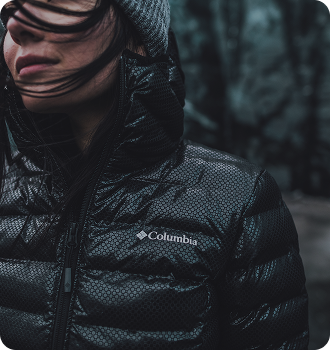AI USED FOR VISUAL CONTENT
AT AN INTERNATIONAL BRAND
AI USED FOR VISUAL CONTENT AT AN INTERNATIONAL BRAND
FMCG (fast moving consumer goods)
Service
Localization of content in 160 countries
In the fast-moving consumer goods (FMCG) industry, the adaptation of visual assets, whether images, videos or interactive content, is essential to ensure brand consistency while respecting local cultural differences. A global leader in the beauty and cosmetics sector faced the challenge of accelerating the creation and deployment of visual assets in numerous European markets, while maintaining strong cultural relevance and impeccable quality.
Faced with the need to adapt a wide range of visual content, from product packshot images to promotional videos and specific content for social networks, this group called on a combination of AI and human expertise to ensure the creation and linguistic and cultural adaptation of its assets in several markets.
The Challenge
The
Challenge
For this global player, there were many challenges:
Speeding up time-to-market
Reducing the time needed to produce and adapt visual content for product launches in 40 markets.
Quality and consistency
Ensuring image and video quality by maintaining the visual identity of the various brands in all markets.
Cost reduction
Automating audio-visual production while maintaining industry standards.
Scalability
Adapting a large volume of visual content (videos, images, etc.) to various platforms (e-commerce, social networks, TV, online advertising, etc.) in several languages and cultures.
Multi-brand consistency
Deploying this approach across all the group's brands and sub-brands, each with its own local specificities.
The aim for the brand was to reduce its content creation and deployment budget so that it could reinvest these resources in media campaigns, while also boosting its visibility and stimulating sales.


Our response
Our
response
We developed a workflow incorporating artificial intelligence to automate and accelerate the creation of visual content, while guaranteeing quality and cultural relevance thanks to the involvement of technical and multicultural experts.
1. Think: Understanding specific needs
We began by carrying out an in-depth analysis of the customer's requirements:
- target markets and cultures: 40 countries
- technology ecosystem: Integration of AI solutions capable of interacting with existing content management tools and visual platforms
The bespoke model we came up with made it possible to quickly adapt the visual content while optimizing costs and timescales through automation.
2. Shape: Solution design
We put in place a combination of AI tools to automate the localisation process (copywriting, translation, voice-overs, adaptation of formats and lengths, etc.)
- Automatic translation of voices and texts on videos (subtitles, etc.) using AI
- Automated visual adaptation to ensure formats are adapted to multiple platforms (9:16, 16:9, square, etc.)
Our multicultural and post-editing teams then refined these creations to ensure that the visual assets were both consistent with the brand image and relevant to each market, while avoiding the cultural bias associated with automation.
3. Deliver: Continuous execution and optimization
We have activated this large-scale adaptation model to deliver rapidly optimized and localized content. The process includes:
- collection of local briefs, followed by content creation using AI
- linguistic and cultural adaptation of visuals (text integrated into videos, advertising banners, etc.)
- rapid delivery of tailored assets, ready for deployment on online sales platforms, social networks, advertising networks, etc.


AI used for visual content at an international brand
The results
The
results
- Delivery of 100.000 content deployments in 2024
- 35% reduction in time to market
- Production costs reduced by 30%
- Scalability: The model implemented has enabled the client to significantly increase the production of localized visual assets in several languages and formats, thereby increasing the number of markets.
Thanks to the combination of AI and human expertise, this leader in the FMCG industry has been able to transform its process for creating and adapting large-scale visual content, and reducing costs and production times, while increasing its capacity to invest in media campaigns. This has enabled it to improve its visibility, strengthen its positioning in several markets, maintain the consistency and quality of its brands, and thus significantly increase its sales.